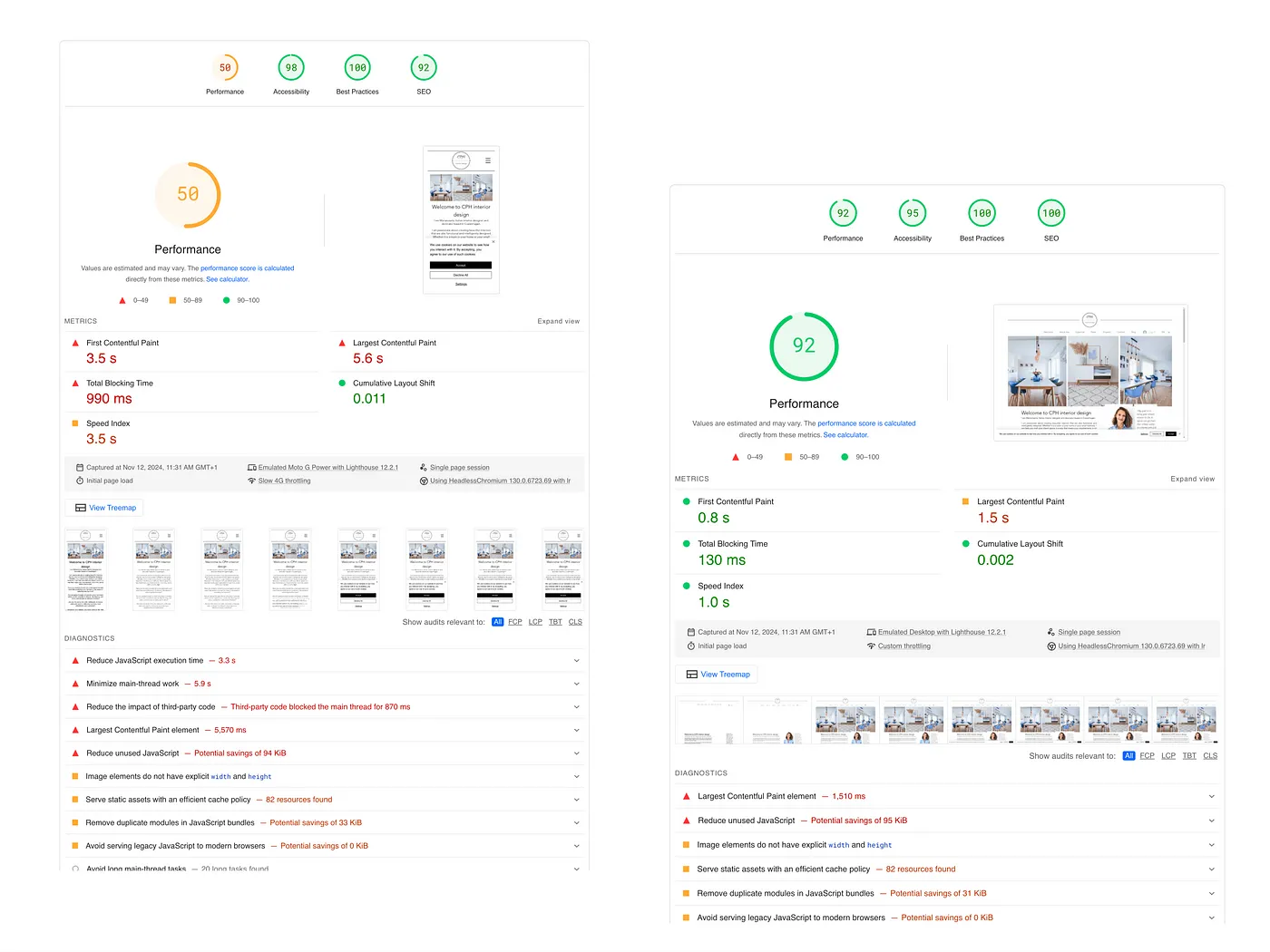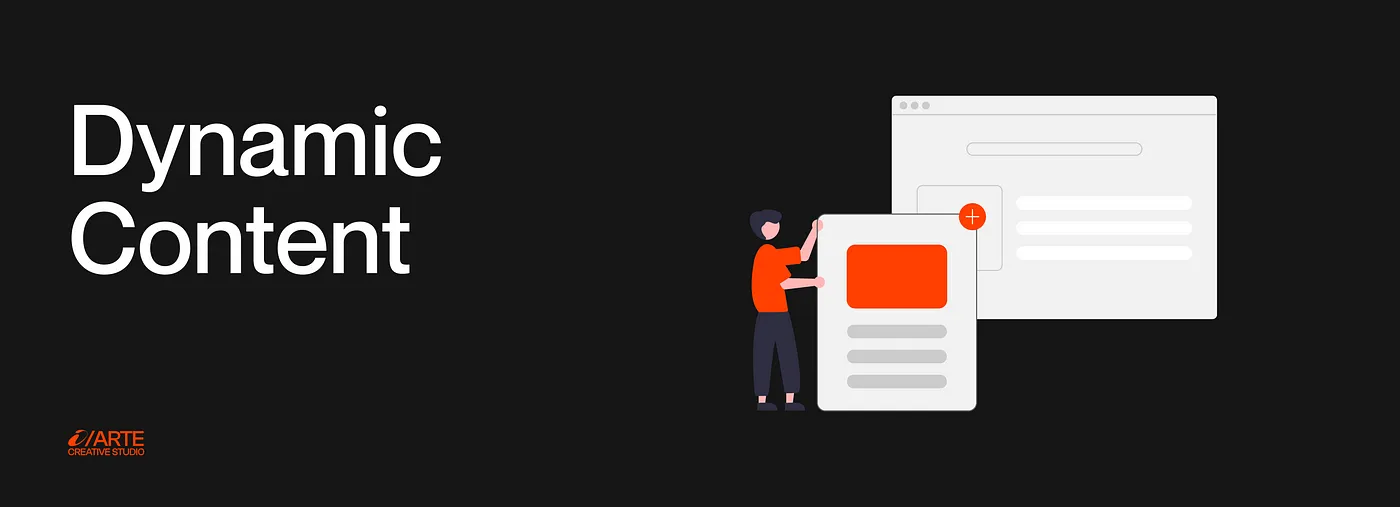SEO Mistakes That Can Sink Your Rankings — and How to Fix Them
SEO mistakes are common, yet they can seriously hurt your Google rankings. Issues in technical SEO or on-page SEO can quietly damage your site’s performance and reduce user engagement, costing you traffic and sales. Fortunately, most SEO errors are avoidable and, with the right steps, fixable. Let’s explore five of the biggest SEO mistakes that can hurt your rankings and how to resolve them.
1. Choosing the Wrong Keywords
Keyword research is essential to successful SEO, yet one of the most common errors is targeting overly competitive or irrelevant keywords. Many businesses pick high-value keywords in their niche without researching their difficulty or relevance, which often results in slow ranking progress and less-effective content.
→ Solution:
Create a comprehensive list of 200–300 keywords relevant to your business. With a large pool of keywords, you can prioritize those with good search volume, relevance, and lower competition. Group keywords by intent to ensure you’re addressing what users are searching for, helping you craft content that resonates with your audience and fills gaps in competitor content.
2. Duplicate Content
Duplicate content occurs when similar or identical content exists on multiple pages of your site. This can confuse search engines, causing them to rank the wrong page or not rank any page at all, which hurts your overall SEO performance.
→ How to Fix It:
1. Identify duplicates using tools like Screaming Frog or Semrush.
2. Consolidate pages by combining duplicate content into one page or adding unique content to each page.
3. Add canonical tags to indicate which version of the page should be prioritized by search engines.
4. Set up redirects for duplicate pages if they’re no longer needed.
By organizing and optimizing your content, you can avoid search engine confusion and provide users with clear, relevant information.
3. Under-Optimized Meta Tags
Meta tags, such as title tags and meta descriptions, are small but mighty tools in SEO. They help Google understand your page and attract users to click on it in search results. However, under-optimized or missing tags are missed opportunities for visibility and user engagement.

→ How to Fix It:
Make sure each page has unique, optimized title tags and meta descriptions:
• Include target keywords relevant to the page.
• Summarize the page content to help users understand what they’ll find.
• Match the intent of the target keyword.
Also, optimize H1 tags and alt text for images to support both search engines and accessibility.
4. Slow Page Load Speed
Page load speed, or how quickly content appears on your page, is a direct ranking factor for Google and a key part of the user experience. A slow-loading page can increase bounce rates, discourage engagement, and result in lost rankings.

→ How to Fix It:
Improve load speed by:
• Caching content to reduce server load.
• Minifying code to streamline the loading of HTML, CSS, and JavaScript.
• Using a Content Delivery Network (CDN) to distribute your content closer to users.
• Optimizing images and videos by using lazy loading or reducing file sizes.
A faster site can lead to improved user experience, better engagement, and higher rankings.
5. Lack of Mobile Optimization
Most Google searches now come from mobile devices, and Google prioritizes mobile-friendly websites. If your website isn’t optimized for mobile, you could miss out on a large chunk of traffic and engagement.
→ How to Fix It:
Choose a mobile-friendly design method:
- Responsive design adjusts your website layout to fit any screen size.

- Dynamic serving delivers different HTML depending on the user’s device.

Additionally, enhance the mobile experience with:
• Shorter paragraphs for easy reading on smaller screens.
• White space to make content less crowded.
• Minimal pop-ups to avoid interrupting the user experience.
• Optimized meta tags for mobile, ensuring they’re concise and appealing on mobile search results.
By addressing these SEO mistakes, you can protect your rankings, improve user experience, and maximize your website’s potential in search engine results. Regular audits and proactive adjustments can keep your SEO strategy on track, helping your site stay competitive and grow over time.
Want to discuss your project?
Reach out to us at hello@darte.creative to dive into the details.
We specialise in brand identity and logo development, UX/UI design, no-code development on Webflow, WordPress, Tilda, and offer ongoing design support to keep your projects running smoothly.
